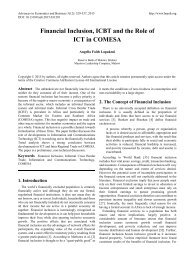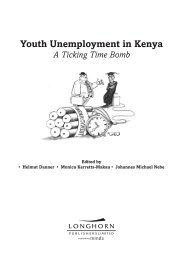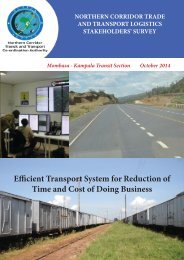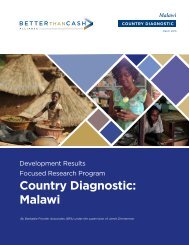FD
gvti301SEaf
gvti301SEaf
You also want an ePaper? Increase the reach of your titles
YUMPU automatically turns print PDFs into web optimized ePapers that Google loves.
Stagnation Risk<br />
Ongoing<br />
economic<br />
problems<br />
make the euro<br />
area vulnerable<br />
to prolonged<br />
slow growth<br />
Huidan Lin<br />
SINCE the onset of the global financial<br />
crisis, real output in the euro area has<br />
failed to keep up with the population.<br />
As a result, output per person<br />
has stalled, and euro area output is now only<br />
$40,000 a person, about $16,000 below the U.S.<br />
level, after adjustment for price differences. This<br />
is the largest gap since 1991, when the Economic<br />
and Monetary Union began (see Chart 1).<br />
The euro area is not the only place the crisis<br />
has left scars. In advanced economies in<br />
general, the growth rate of potential output—<br />
the maximum amount of goods and services<br />
an economy can turn out at full capacity—is<br />
expected to increase only slightly and remain<br />
below the precrisis level over the next five<br />
years (IMF, 2015).<br />
These subdued medium-term prospects<br />
are particularly worrisome for the euro<br />
area, given the high level of unemployment<br />
and public and private debt in some member<br />
countries. Moreover, after several years<br />
of anemic growth, there is limited room for<br />
policy maneuvering. High unemployment<br />
and debt and constrained policymaking leave<br />
the euro area vulnerable to shocks that could<br />
lead to a prolonged period of low economic<br />
growth—often dubbed “stagnation.”<br />
Lower growth for longer<br />
Although potential output cannot be observed,<br />
it can be estimated using a production<br />
function—an economic model that calculates<br />
an economy’s output based on key inputs<br />
(labor and capital) and how efficiently they are<br />
used. When applied to the euro area, the results<br />
suggest that the prospects for larger labor<br />
and capital inputs, as well as their more efficient<br />
use, remain weak. As a result, the euro<br />
area’s growth rate at its full capacity is expected<br />
to rise only modestly from 0.7 percent during<br />
2008–14 to about 1.1 percent during 2015–20,<br />
which is significantly lower than the 1999–<br />
2007 average of 1.9 percent.<br />
Moreover, the share of older people in<br />
the population is growing, while the share<br />
of working-age (15–64) people is shrinking.<br />
Because the propensity to join the workforce<br />
typically begins to erode after age 50,<br />
the average labor force participation rate<br />
is declining. At the same time, the capital<br />
stock is expected to grow slowly. The capital<br />
stock expands when new investment outpaces<br />
the rate at which that stock wears out<br />
(depreciation). This hasn’t been the case in<br />
the euro area, where business investment<br />
has expanded moderately since 2013, and<br />
Graffiti on the walls of an<br />
abandoned hat factory,<br />
Porto, Portugal.<br />
52 Finance & Development June 2016














